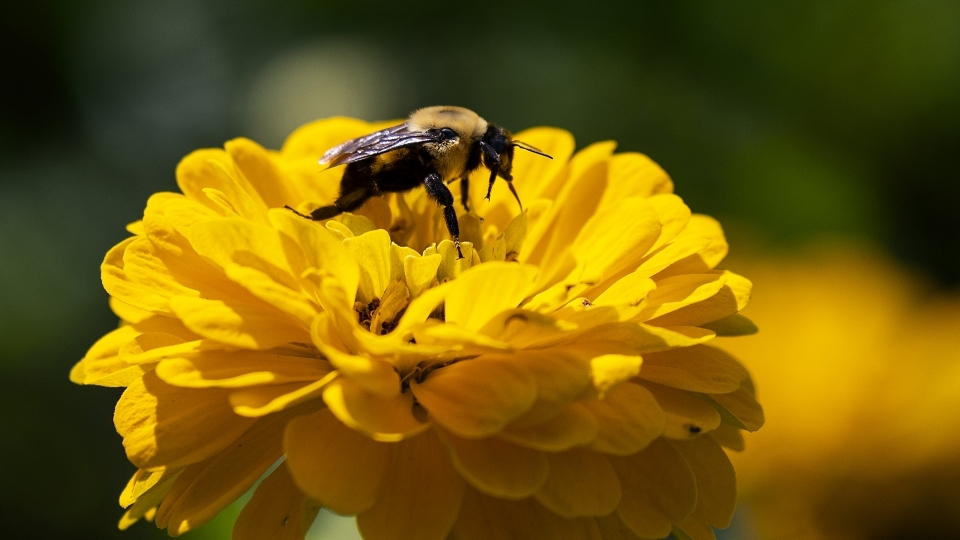On Course: Insect Essentials for a Bug-Phobic World
March 12, 2024
- Author
- Greer Levy '26

BIO 217: Insects & People
Ten quintillion — that’s the estimated number of insects alive at any given time in the world.
Insects make up a whopping 80 percent of the world’s known animal species. They contribute to the ecosystem in myriad ways, including by pollinating crops and flowers, controlling pests, recycling nutrients and maintaining the health of the soil. And like some of the other inhabitants of the animal kingdom (ahem, those slithering, limbless reptiles that shall remain nameless), they often get a bad rap.
In his course “Bio 217: Insects & People,” Professor Chris Paradise helps students understand and untangle the complex web of interactions that bind our species to the more than one million known insect species in the world (some estimates put the total number of known and undiscovered insect species at more than 5.5 million).
The What
For students to gain an appreciation for insects and to think critically about all the ways that humans affect and use insects, and all the ways that insects affect and use humans. Humans may fear and kill some insects that are pests or carry pathogens, but they may also try to conserve others that pollinate our crops. Insects are represented in our art, culture and religion. We make money from silk and honey, two products produced by insects. Insects use humans and our domesticated animals for food, and in doing so, transmit diseases. Mosquitoes are responsible for hundreds of thousands of deaths annually. A deep exploration of these topics is coupled with the biology of insects. For instance, giant insects may be portrayed terrorizing humans in movies, but what basic physical and biological concepts have prevented the evolution of giant insects? Other learning outcomes include being able to identify some of the major orders of insects, describe the morphology, physiology, ecology and behaviors of insects, explain the value and importance of insects to humans and our endeavors, and explain how we attempt to manage and control insect populations.
The Who
This is an upper-level biology course with a prerequisite of either introductory biology or introductory environmental science. The course has mostly seniors and juniors, but also some sophomores, and counts as an elective in biology, environmental studies and public health.
The Why
Some students are interested in insects, others, the strong interdisciplinary content, and some, to fulfill a requirement. The course counts as an upper-level elective for the biology major, a natural science elective for the environmental studies major, and an elective for the public health minor.
The Work
Content is an interdisciplinary mix of traditional entomology (e.g., external anatomy of insects) and the human-insect interface. We explore why humans fear insects and how that affects how they are represented in literature and movies. We discuss insects as pests and why attempts to control them often fail. Insects have been important players in historical events, such as The Black Death, the development of the Silk Road trade routes, construction of the Panama Canal, and numerous wars. We explore the benefits of conserving insects, including the ecosystem services they provide, the commercialization of insects, and how humans use insects in forensic examinations. We spend several weeks studying medical and veterinary entomology, to understand the biology and epidemiology of so-called arthropod-borne diseases. In addition to learning about insect diversity, evolution, anatomy, physiology, behavior, and ecology, we view video clips from movies, inspect works of art, read poems, and more.
By offering courses that span the spectrum of biological disciplines, students can prepare for advanced studies in a wide variety of fields. The curriculum also prepares students to take a leadership role in society by furnishing them with the tools to make informed decisions about scientific issues.



